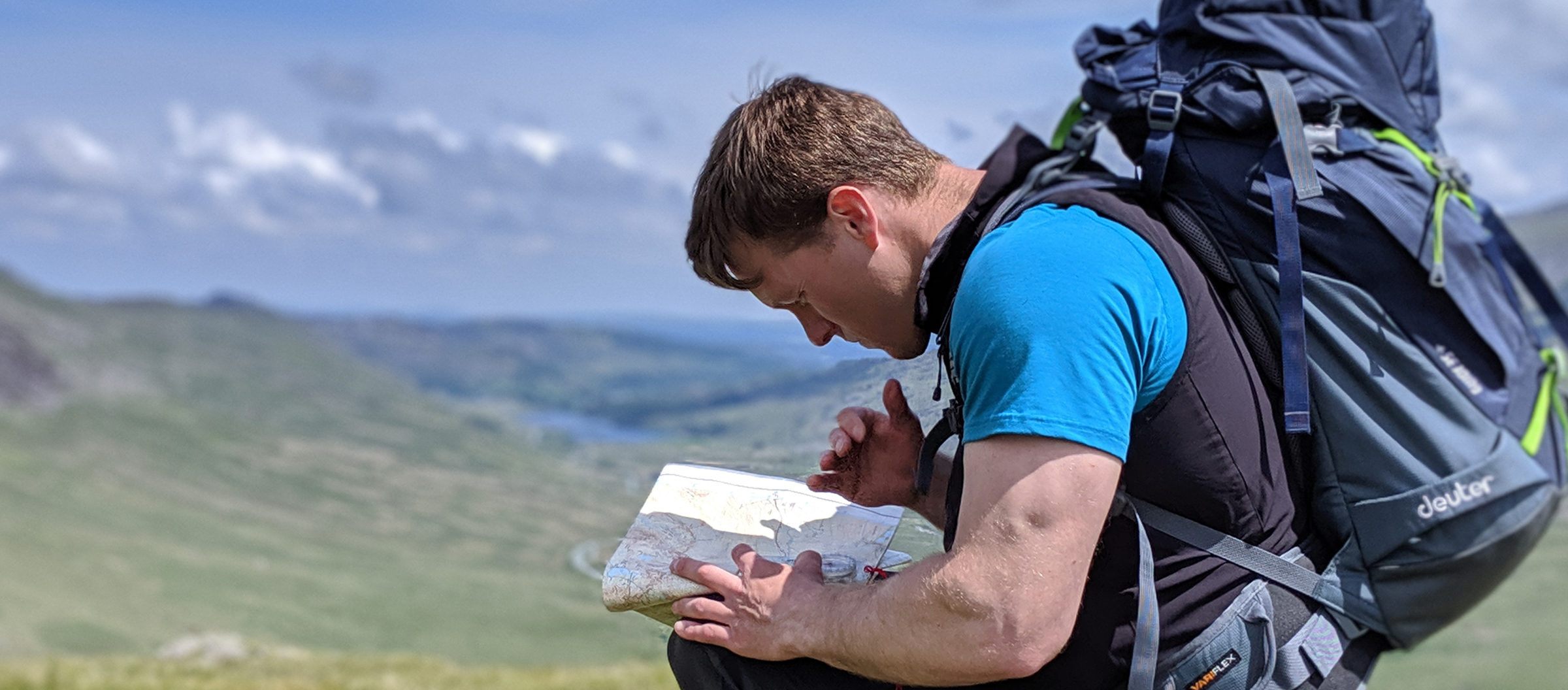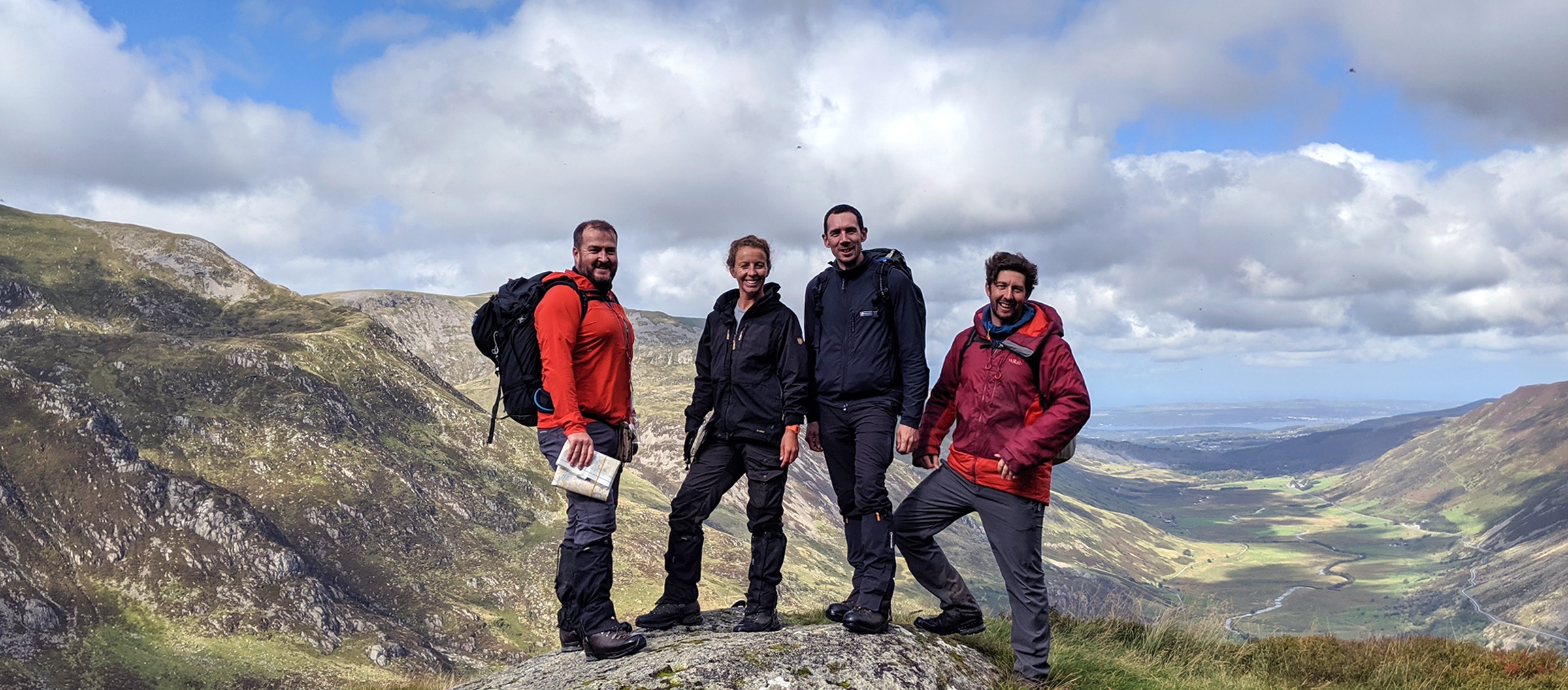Mountain Training recently undertook a review of the Mountain Leader scheme to ensure the award remains current. The updated syllabus can be found in the newly published Mountain Leader Candidate Handbook here.
For anyone working toward assessment, it would be sensible to become familiar with the criteria changes; indeed even qualified Mountain Leaders could benefit from considering the new syllabus aspects. There has been a great deal of change to the wording throughout and more detailed guidance notes, but the main changes are the addition of two new syllabus sections, namely;
- Leadership and decision making
- Teaching and learning
Leadership & decision making
The clue is in the name! Ultimately it’s a leadership award, and as important as the technical aspects are, greater emphasis has been placed on the soft skills than before. Leadership was mentioned in the previous syllabus, but it’s inclusion as a discrete heading highlights it’s significance. Mountain Training have defined the behaviours and ethos that they believe good leaders exhibit below;
2.1 The Leader demonstrates adaptable leadership behaviours and decision-making.
2.1.1 Monitor the group, environmental conditions and activity, and can adapt their behaviours and decisions to meet ongoing safety, group and task requirements.
2.1.2 Be consistent and confident in their decision making to achieve positive outcomes and communicate these clearly to the group.
Vision – The leader is a positive role model and aims to inspire others.
2.3 Articulate clear and agreed values for their group; lead by example; & behave how they want the group to behave.
Support – The leader creates a positive and supportive environment for the group.
2.4 Recognise, respect and adapt to individual needs, differences, strengths and abilities.
2.5 Encourage independent learning; establish an environment where mistakes are seen as learning opportunities and provide clear and positive feedback to support this.
Challenge – The leader provides relevant and appropriately challenging experiences.
2.6 Agree group goals and calibrate the level of challenge to individual abilities and motivations.
2.7 Encourage and support the group and individuals to be part of the decision-making process and encourage them to solve their own problems.
The leader understands the Mountain Training leadership ethos & has developed their own. They should be able to:
2.8 Articulate their own leadership ethos and beliefs along with those of Mountain Training.
2.9 Acknowledge and describe a range of leadership approaches, models and associated ethos.
These aren’t prescriptive, we’ll all have different styles and approaches when it comes to leadership and that’s fine. The point of these syllabus changes is to better support and develop candidates to be better leaders. Awareness of our own preferences, and considering where it may be more beneficial to adapt to different styles of leadership is something to particularly reflect and work on for us all. To support leaders these behaviours have been summed up in the Mountain Training I.N.S.P.I.R.E leadership model, explained here by Sam McElligot
Teaching & learning
Teaching and Learning is the other new syllabus heading, and reflects what working Mountain Leaders have done for years. Beyond simply leading groups up mountains, we teach and pass on skills so people can become more independent and have their own adventures. This is something we’ve always covered on our Mountain Leader training courses; considering how we actually teach and pass on our knowledge, whether this be technical skills such as navigating or putting up a tent, to key safety issues such as cooking on stoves or emergency procedures for remotely supervised groups. Developing lessons plans, and resources that can be carried with you can help make these teaching sessions more engaging and effective. Finally the importance of reviewing and evalution should not be underestimated for both learners, and our own personal development.
8.1 Demonstrate an ability to adapt the teaching style to meet group needs.
8.2 Identify and use appropriate tasks to develop safe group activity.
8.3 Demonstrate an understanding of the reasons for evaluating a journey and success of the outcome.
The guidance notes within the Mountain Leader candidate handbook are expanded in many areas, with lots of useful additional detail to point you in the right direction. It’s definitely a useful exercise to fully read through the handbook if you’re currently working toward assessment, as it is one of the prerequisites to be familiar with the syllabus. It also helps you to understand what us assessors will be wanting to see you demonstrate on the assessment. The skills checklist has also been updated which again is a super useful document to help prepare yourself.
There’s no requirement in the prerequisites to actually gain leadership or teaching experience with groups, but it’s worth considering carefully how you can develop in these areas. Preparing resources and rehearsing delivery of common subjects is worthwhile; refining how we teach a subject often enhances our own understanding and personal skills. Shadowing other qualified instructors working can give you an insight into different approaches, and ideas for your own delivery. If you don’t have novice groups you can volunteer with to lead, can you take out novice friends to practice with? Carefully reflecting and reviewing on these experiences – what went well? What could be improved? Will lead you to develop your own leadership style and ethos.

